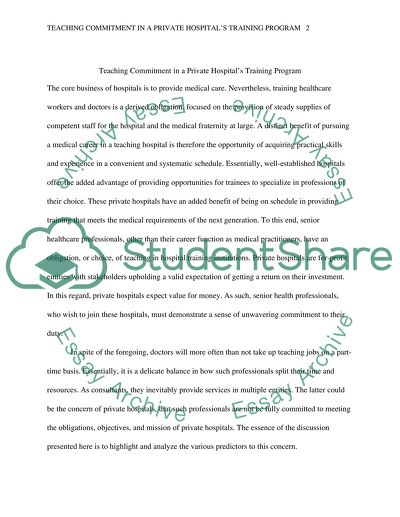Cite this document
(Human Resources in Healthcare Organizations Term Paper, n.d.)
Human Resources in Healthcare Organizations Term Paper. Retrieved from https://studentshare.org/health-sciences-medicine/1608929-please-see-uploaded-outline
Human Resources in Healthcare Organizations Term Paper. Retrieved from https://studentshare.org/health-sciences-medicine/1608929-please-see-uploaded-outline
(Human Resources in Healthcare Organizations Term Paper)
Human Resources in Healthcare Organizations Term Paper. https://studentshare.org/health-sciences-medicine/1608929-please-see-uploaded-outline.
Human Resources in Healthcare Organizations Term Paper. https://studentshare.org/health-sciences-medicine/1608929-please-see-uploaded-outline.
“Human Resources in Healthcare Organizations Term Paper”, n.d. https://studentshare.org/health-sciences-medicine/1608929-please-see-uploaded-outline.


